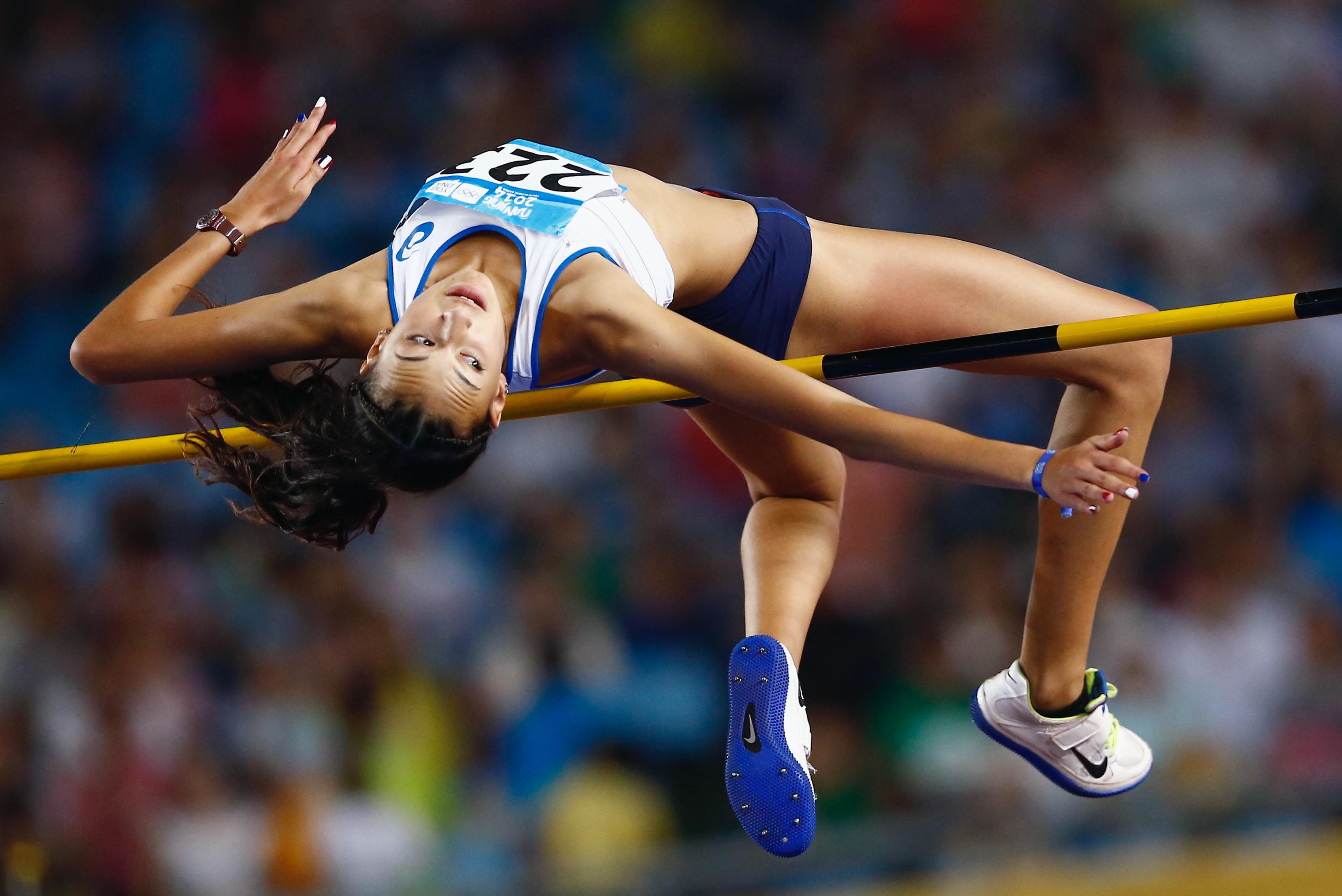Overview of lower leg injuries
Injuries to the lower leg usually occur in sports that involve a lot of running and jumping. These injuries can have either an acute or overuse cause. This page shows an overview of the most common lower leg injuries from both of these categories.

Overuse injuries develop gradually and are not linked to a single specific incident. The cause is usually overuse for a period of time. The advantage of these types of injuries is that they can be prevented by, amongst other things, adjusting the training load in relation to what the body can tolerate.
Even though acute injuries often occur without warning, they can also be prevented. Read more about injury prevention training by following the link at the bottom of the page.
Acute injuries
Achilles tendon rupture
An achilles tendon rupture means that the tendon behind the ankle ruptures (tears). This can happen when, for example, the foot bearing the body's weight launches powerfully off the ground while the leg is straight. Athletes in sports that involve jumping and sudden changes in direction are particularly prone to this injury. The tendon can have a partial rupture, but a total rupture is far more common. It is important to get a diagnosis from a doctor or physiotherapist as soon as possible since an operation, if necessary, should be carried out within 3 weeks after the incident.
Strained calf muscle
The muscles gastrocnemius and soleus, commonly referred to as the calf muscles, are located on the posterior side of the lower leg. These muscles are particularly vulnerable to strains in many sports, especially ball sports. A common situation that can lead to a strained calf muscle is when a player quickly extends their leg out while reaching for a fast-moving ball. It is important to apply the PRICE principle in the acute phase to help reduce pain, minimise swelling, and prevent further injury. The injured leg should be subjected to weight-bearing from early on, and systematic training in consultation with a physiotherapist should commence soon after the injury.
Overuse injuries
Achilles tendinopathy
The Achilles tendon can sustain an overuse injury if it is subjected to repeated overuse over time. Achilles tendinopathy is one such injury, and it is common amongst athletes in sports that involve lots of running and jumping. The achilles tendon is particularly prone to this injury during periods where the volume or intensity of training is increased. Many will suffer from this sort of injury for months or even years. Therefore, it is important to be examined by a doctor or physiotherapist and not simply ignore the pain.
The most important factor in treatment is systematic training. The training program should be designed in consultation with a physiotherapist and consist of exercises performed twice daily for 3-6 months. In some cases where treatment by training proves ineffective, it may be necessary to consider other options such as surgery or different types of injections. This decision should be evaluated by a doctor.
Shin splints
Referred to in medical terminology as medial tibial stress syndrome, shin splints is a condition that usually occurs in sports where running and jumping account for a large amount of the activity. It is characterised by pain along the medial edge of the shinbone (tibia). The pain can either be diffuse or concentrated on specific points, and it worsens when the training load is increased. The pain usually subsides after a warm-up. Limiting the amount of weight placed on the injured leg and treating the area with ice can help to subdue the symptoms in the beginning, but the most important treatment is to control the load during training exercises. That is, regulating the load according to what is appropriate for the specific athlete. Training should be pain-free, and a well-structured training plan is necessary.
Stress fracture in the tibia/fibula
Stress fractures occur when the bone tissue breaks down faster than the bone can repair itself. In the lower leg, it is the tibia and fibula that are vulnerable to this injury. The most common cause of a stress fracture is a sudden change in training habits. The main symptom is lower leg pain that worsens during training. In the early stages the pain will subside with rest, but after a while it will also be apparent during day-to-day activities. It is important to have a medical examination with a doctor or physiotherapist if there is a suspected stress fracture. In some cases, it might be necessary to keep the injured leg load-free (non-weight-bearing) for a period or to undergo surgery.
Compartment syndrome
The muscles in the lower leg can be divided into four so-called compartments. These compartments are surrounded by membranes and when space in these membranes is cramped it results in compartment syndrome. There are several causes that can lead to this condition. Acute compartment syndrome usually occurs following a broken bone or an impact against the muscle. Chronic compartment syndrome is a relatively rare condition where the cause is usually a dramatic increase in muscle volume. It is most common amongst athletes in sports that involve a large amount of running or jumping, such as handball and football.
The recommended treatment in the early stages is to limit the load on the leg, stretching the leg muscles, perform alternative exercises and have a short break from normal training. The athlete should avoid activities that aggravate symptoms for up to 3 months, following which they should gradually return to regular training activities. This should be done in consultation with a physiotherapist. Surgery may be necessary in some cases.


